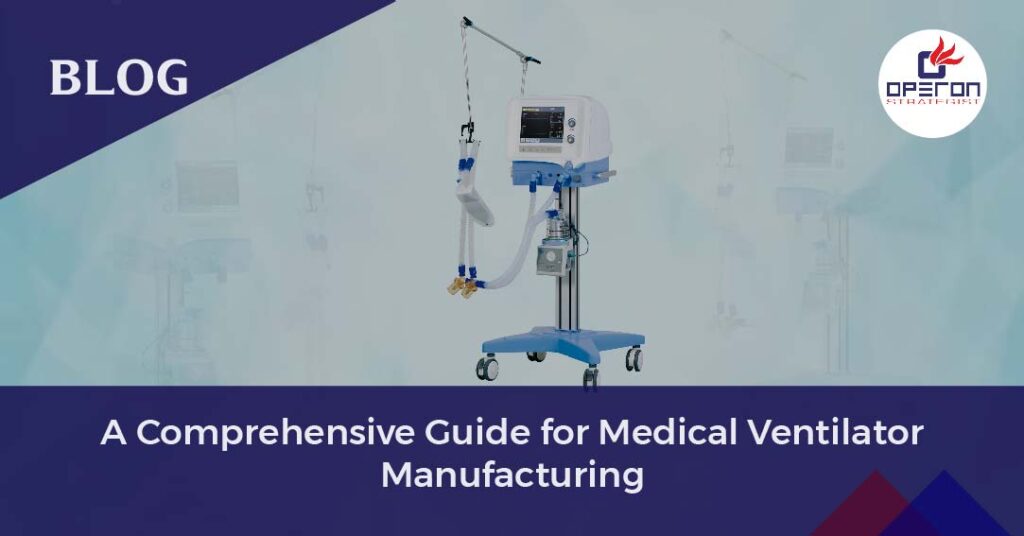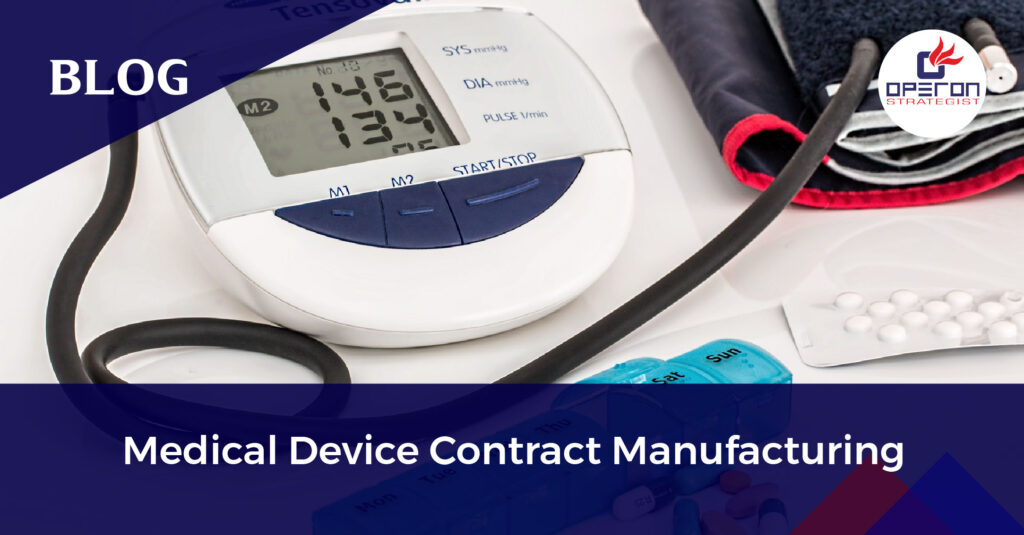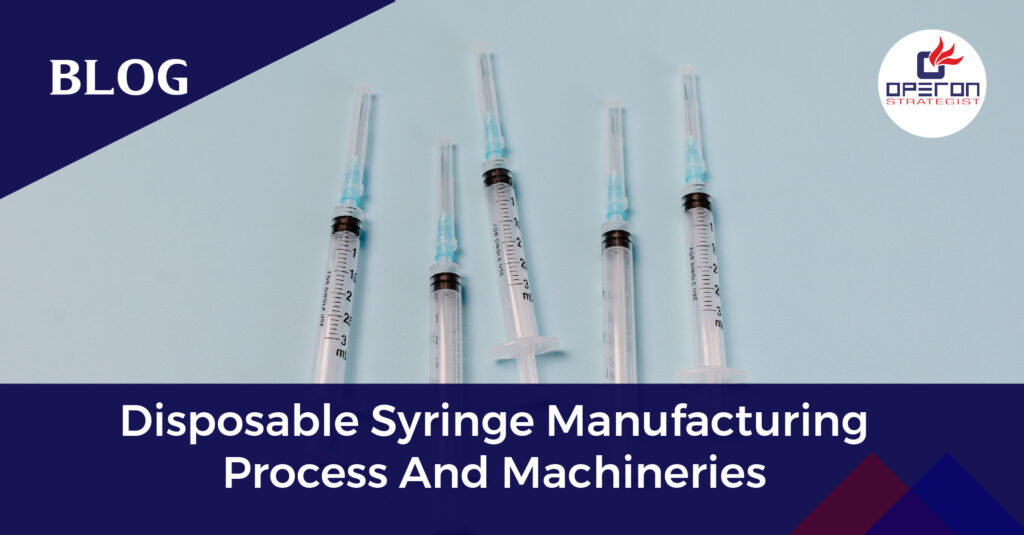How Do Medical Ventilators Work?
Ventilators play a crucial role in supporting patients who are too ill to breathe on their own, helping alleviate the strain on their bodies and promoting the healing process. These life-saving devices operate by applying positive pressure to push air into the patient’s lungs. Various types of ventilators offer different levels of support, tailored to the patient’s specific needs.
The fundamental mechanism involves delivering a mixture of air, oxygen, or medication through a breathing tube into the patient’s lungs. This not only ensures a consistent supply of oxygen and air but also mimics the exhalation process, expelling carbon dioxide from the lungs.
Looking for Medical Device Regulatory Consultants?
Positive Pressure Ventilators Offer Three Main Settings or Modes When Used on a Patient:
- Volume Controlled: A predetermined volume of air is supplied to the patient.
- Pressure Controlled: Air is delivered until a specific pressure limit is reached.
- Dual Mode: Combines both volume and pressure options as needed.
The Medical Ventilator Manufacturing Process:
The manufacturing process for medical ventilators encompasses several vital stages:
- Design and Development: A team of engineers and medical experts collaborates to design the ventilator, considering patient safety, ease of use, and regulatory compliance.
- Component Procurement: Sourcing and purchasing essential components, including sensors, valves, and control systems.
- Assembly: Assembling components to create the complete ventilator system, including the main unit, tubing, and user interface.
- Quality Control: Stringent quality testing and inspections to ensure the ventilator complies with safety and performance standards.
- Regulatory Compliance: Thorough documentation and testing to meet medical device regulations and standards.
- Packaging: Ensuring proper packaging to protect the ventilator during transport and storage.
- Distribution: Distributing ventilators to healthcare facilities and end-users.
- User Training: Providing training and support to medical professionals and end-users.
- Maintenance and Servicing: Establishing procedures for ongoing maintenance and servicing to ensure long-term functionality and safety.
- Regulatory Approval: Seeking regulatory approval and certification to verify the ventilator’s safety and effectiveness.
The manufacturing of medical ventilators is a highly regulated and quality-controlled process, crucial for patient safety and well-being.
To Get CDSCO Manufacturing License
Some of the Most Common Types of Medical Ventilators:
Medical ventilation, also known as mechanical ventilation, includes various types of techniques and equipment to assist or replace a patient’s breathing. Here are some common types of medical ventilation:
- Invasive Mechanical Ventilation: This is the most common type of medical ventilation. It involves the insertion of an endotracheal tube or tracheostomy tube into the patient’s airway to deliver controlled breaths. Invasive ventilation is typically used for patients who are unable to breathe on their own, such as those in critical care units.
- Non-Invasive Ventilation (NIV): Non-invasive ventilation provides respiratory support without the need for an artificial airway. Common forms of NIV include:
– Continuous Positive Airway Pressure (CPAP): Delivers a continuous flow of air to keep the airways open. It is often used to treat sleep apnea and acute respiratory failure.
– Bilevel Positive Airway Pressure (BiPAP): Provides two levels of airway pressure, one for inhalation and one for exhalation. It is often used for conditions like chronic obstructive pulmonary disease (COPD).
- High-Frequency Ventilation (HFV): HFV delivers very rapid breaths at a high frequency. It is often used in neonatal intensive care units and for patients with severe lung conditions.
- Volume-Controlled Ventilation (VCV): VCV delivers a set volume of air with each breath. The rate and depth of breaths can be adjusted as needed.
- Pressure-Controlled Ventilation (PCV): PCV maintains a set airway pressure, allowing for more control over oxygenation and ventilation.
- Transport Ventilators: These portable ventilators are designed for use during patient transport, such as in ambulances or helicopters. They are compact and rugged to withstand movement.
As a medical device regulatory consultant, Operon Strategist can assist you with regulatory compliance in various countries like India, the US, the UK, Saudi Arabia and many more. Also, we can consult you as a turnkey project consultant. Providing assistance to set up the manufacturing plant with facility layout design, clean room setup, and QMS compliance (ISO 13485, FDA 21 CFR Part 820) for your medical product.
Your success in manufacturing medical ventilators is our top priority, and we’re here to support you in making a difference in healthcare and saving lives. Contact us for further details.





